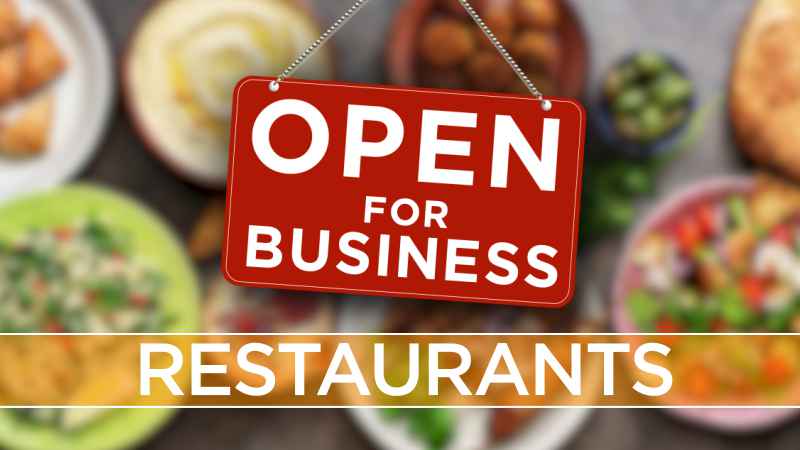
Wall Street analysts recently announced that nearly all U.S. restaurants will be open again on July 4, 2021. Analysts and experts alike believe the foodservice industry is poised to benefit from a pent-up desire to dine out, which has been restricted because of the COVID-19 pandemic.
Analysts from JPMorgan based their reopening day forecast on the progress the country has made so far in beating back the pandemic. As of this writing, 44 percent of Americans have been fully vaccinated and 53 percent have received at least one dose.
Supply Chain
The ability to receive orders on time will continue to drag on foodservice growth, but it will be temporary. As the warehouses continue to ramp up to full capacity, volumes will better keep up with demand.
Another question mark is the availability of drivers. The dearth of qualified truck drivers has been an acute issue long before the pandemic, and distributors will continue to struggle with this even after the pandemic.
Price Increases
The Fed of St. Louis reported that while foodservice sales are up this month, they are still down 3 percent compared to 2019 levels because inflation (menu increases) have been responsible for much of the growth. What we have found, however, is consumers are in a strong financial position after nearly a year “locked” indoors to absorb these increases.
Menu Trimming
As of May, restaurants employed 10.8 million people, down from 12.3 million before the pandemic. It could take awhile before employment reaches that level again. A result of high demand but limited supply is the reduction in menu items offered.
For example, permanent menu removals at Panera during the pandemic include the Tuscan Chicken Sandwich, the Maple Bacon Scrambled Egg Wrap and the Cheese Brittany. Both McDonald’s and Taco Bell also made menu cuts during the same period.
Labor turnover has been historically high, and the benefit of fewer workers during the pandemic forced operators to work within the confines of their labor. Perhaps a silver lining is that operations will become more efficient at the store level moving forward.
Changing Consumer Behaviors
During the pandemic, consumers began to shop online more frequently and cook more at home, as outlets remained closed. With movie theaters shuttered, consumers also invested dollars into upgrading entertainment systems, which meant that foods that may have been purchased at a theater, were now being made (or ordered) for the home.
Changing consumer habits back to away-from-home eating will require a comfort level with a return to socialization, business meetings and family gatherings. Since 1992, away-from-home spending has grown faster than at-home spending, but foodservice has historically only been half of all food spending. In 2020, foodservice dollars dropped as a share of total foodservice dollars after nearly 30 years of continued growth.
While mobile ordering, curbside pickup and delivery will continue long after the pandemic, we expect Americans to return to restaurants, businesses and sporting events as dining out has always been considered a special occasion.
The Outlook is Very Favorable
With uncertainty in foodservice, we are far from the days when operators were forced to close their doors and Americans succumbed to the pandemic, quarantining in their homes for an unspecified period. The country has a good handle on the pandemic, and barring no other mutation, the industry will return in full force.
Like the content? Sign up to receive our communications.

Recent Comments